Apple just dropped something that's got the entire video production world buzzing, and trust me, this isn't your typical incremental update. Apple has announced Final Cut Camera 2.0, adding ProRes RAW recording and genlock sync support for the iPhone 17 Pro and iPhone 17 Pro Max. The free app update makes Apple's high-end iPhone 17 models the first smartphones that can shoot ProRes RAW. Meanwhile, Blackmagic Design announces Blackmagic Camera ProDock that adds professional camera connections to iPhone 17 Pro and iPhone 17 Pro Max, using the Blackmagic Camera app to add support for external timecode, genlock, audio, SSD recording and more, perfectly timed to complement Apple's ecosystem expansion into professional video workflows.
This isn't just about new tech, it is about rethinking how we use a phone on set. Planning, packing, even file handoff, all shift when your pocket camera speaks the language of pro gear.
Why ProRes RAW on a smartphone actually matters
Here's the bottom line: ProRes RAW captures unprocessed data straight from the camera sensor, giving editors wide latitude when grading and adjusting footage later. What makes this implementation stand out is Apple's dedicated Media Engine in its silicon, which enables faster exports and creates smaller, more manageable files compared to other RAW formats.
ProRes RAW support gives filmmakers and content creators maximum flexibility during post. Unlike standard codecs, ProRes RAW allows precise color grading and exposure adjustments without quality loss. Pull back a blown sky, cool off a warm white balance, lift shadows without crushing texture.
The workflow shift is real. Traditionally, that level of RAW control meant hauling cinema cameras that cost tens of thousands, plus the storage to wrangle massive files. Apple's approach tackles both, you get professional-grade RAW capture in a device that fits in your pocket, with files optimized for their editing ecosystem.
What's the deal with open gate recording?
Imagine you shoot a scene, then later wish you had more headroom or a different crop. That's open gate territory. The 2.0 update adds open gate recording, which uses the full camera sensor to capture more of the scene than standard 4K.
The extra footage makes it easier to crop, stabilize, or change aspect ratios without losing image quality. Open gate recording provides a wider field of view for editing purposes. This gives editors the flexibility to reframe shots, stabilize footage, and set final aspect ratios without compromising image quality or performance, according to research.
One shoot, many outputs. Record once in open gate, then deliver vertical for TikTok, square for Instagram, cinematic widescreen for YouTube, and traditional 16:9 for broadcast, all from the same master. The production time saved alone will sell a lot of iPhone 17 Pro upgrades.
How genlock changes multi-camera workflows
PRO TIP: If you've ever tried syncing multiple cameras in post, you know it's a pain. Genlock eliminates that headache.
Genlock support lets multiple iPhone 17 Pro devices record in perfect sync with each other and with professional cameras. Blackmagic Design's Camera ProDock already works with the new genlock feature. Apple has made the genlock API available to third-party developers.
As we've seen from Apple's demonstrations, they showcased a "bullet time rig" made of iPhone 17 Pros that requires frame-accurate synchronization using Genlock. This is not just new tech, it opens creative setups that used to belong only to high-end stages.
Consider the math. A genlock-capable cinema camera can run $5,000 to $15,000 per unit. With iPhone 17 Pro at $1,199, a six-camera synchronized array can cost less than one traditional body. For event coverage, corporate shoots, or indie film, that changes who gets to play.
What about that redesigned front camera?
The iPhone 17 lineup brings something we haven't seen before, a completely reimagined front-facing camera system. The app now also supports manual controls for the redesigned front camera on all iPhone 17 models. The square sensor is larger than before and can shoot horizontal or vertical video without rotating the phone.
The Center Stage front camera is the largest and first square front camera sensor on iPhone with a wider field of view and higher resolution. With its larger sensor and wider field of view, the new front camera broadens options for vloggers and journalists.
It also fixes a daily annoyance. Switching between landscape and portrait used to mean rotating the phone mid-take, a flow killer for creators juggling multiple formats.
Strategic positioning: Apple's ecosystem play
The key takeaway is that Apple isn't just adding features, they're changing what's possible with mobile video production. Final Cut Pro 11.2 and Final Cut Pro for iPad 2.3 will add tools specifically for editing iPhone ProRes RAW footage, including exposure and color temperature controls. Editors working in Final Cut Pro 11.2 or Final Cut Pro for iPad 2.3 will be able to fine-tune iPhone ProRes RAW footage with direct adjustments for exposure, white balance, tint, and demosaicing.
This marks a shift in Apple's approach to pro tools. Final Cut Pro moved to version 11 in late 2024 and continues to receive iterative updates, with Final Cut Pro for iPad also receiving matching updates. Tight coupling between iPhone capture and desktop or iPad editing shows a clear ecosystem play.
Apple is positioning the iPhone 17 Pro as a legitimate B-camera or even A-camera for certain productions. The combination of ProRes RAW, genlock synchronization, and open gate recording creates a package that competes with cameras costing thousands more. For independent filmmakers, creators, and even some commercial work, the question is no longer whether the iPhone can handle pro jobs, it is whether traditional camera makers can keep pace.
Getting started: compatibility and the complete feature set
Bottom line, Final Cut Camera 2.0 will be available later this month as a free download or update on the App Store. Final Cut Camera 2.0 requires iPhone Xs or later running iOS 18.6 or later, with some features requiring iOS 26 or iPhone 17 Pro.
Here's the feature breakdown that matters:
Support for Apple Log 2, giving users the ability to record in an even wider color gamut in ProRes or HEVC with iPhone 17 Pro. Users can apply the Log 2 LUT in Final Cut Pro for iPad and Mac to view and edit their footage with the vibrancy of the original scene.
The ability to enable Timecode with options like Time of Day, Record Run, or external timecode for precise identification of footage during post-production. This professional-grade timecode support streamlines multi-camera workflows and makes collaboration with traditional broadcast equipment seamless.
Don't Miss: Support for video capture using the new 200 mm Telephoto camera using ProRes up to 4K60 fps on iPhone 17 Pro for even more framing options.
The future of mobile video production
The real question is not whether these features are impressive, they are. It is whether this represents the future of mobile video production, where the line between professional cameras and smartphones keeps blurring. Based on what we're seeing with Final Cut Camera 2.0, that future might be closer than we think.
Apple's strategy is sharp. They're not just competing with camera manufacturers, they're redefining what professional video production looks like. When your primary camera can sync with professional equipment, capture cinema-quality RAW, and slot into industry-standard editing workflows, the old wall between consumer and pro gear starts to crumble.
For the broader video world, this points to faster, more cost-effective productions. The iPhone 17 Pro will not replace high-end cinema cameras on major sets, but it will democratize professional-quality creation in ways we're only starting to grasp.






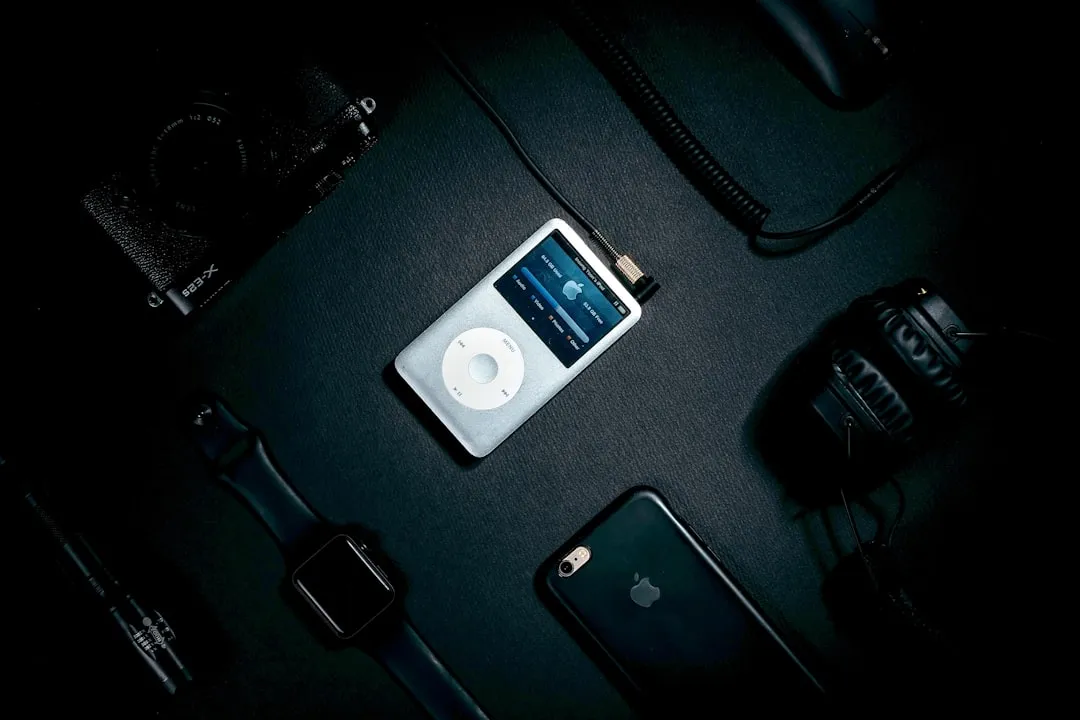
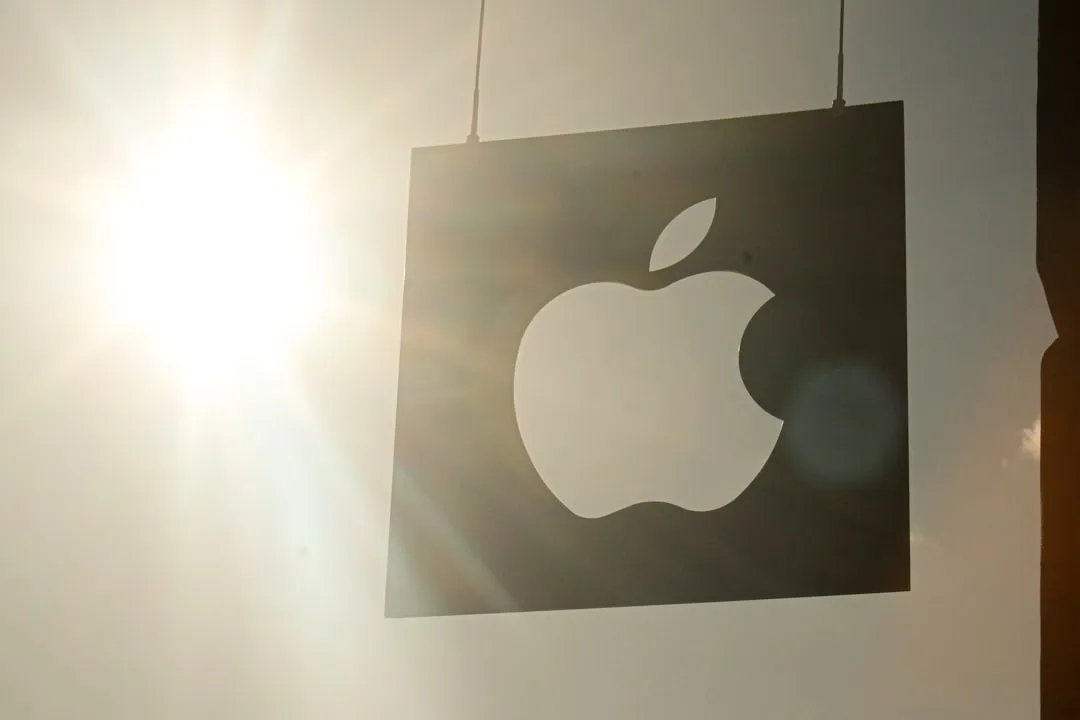
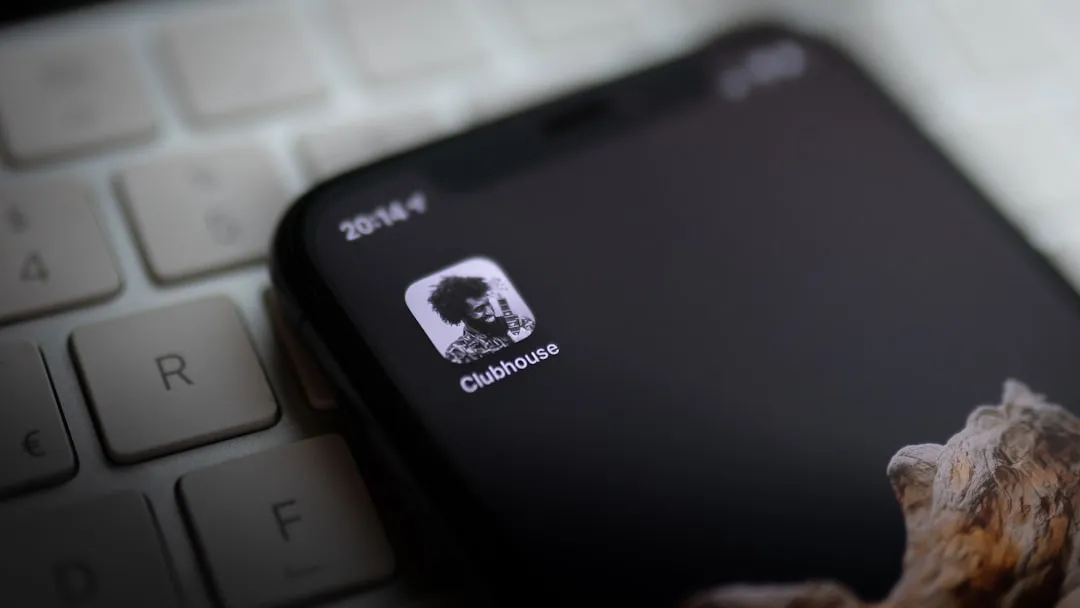
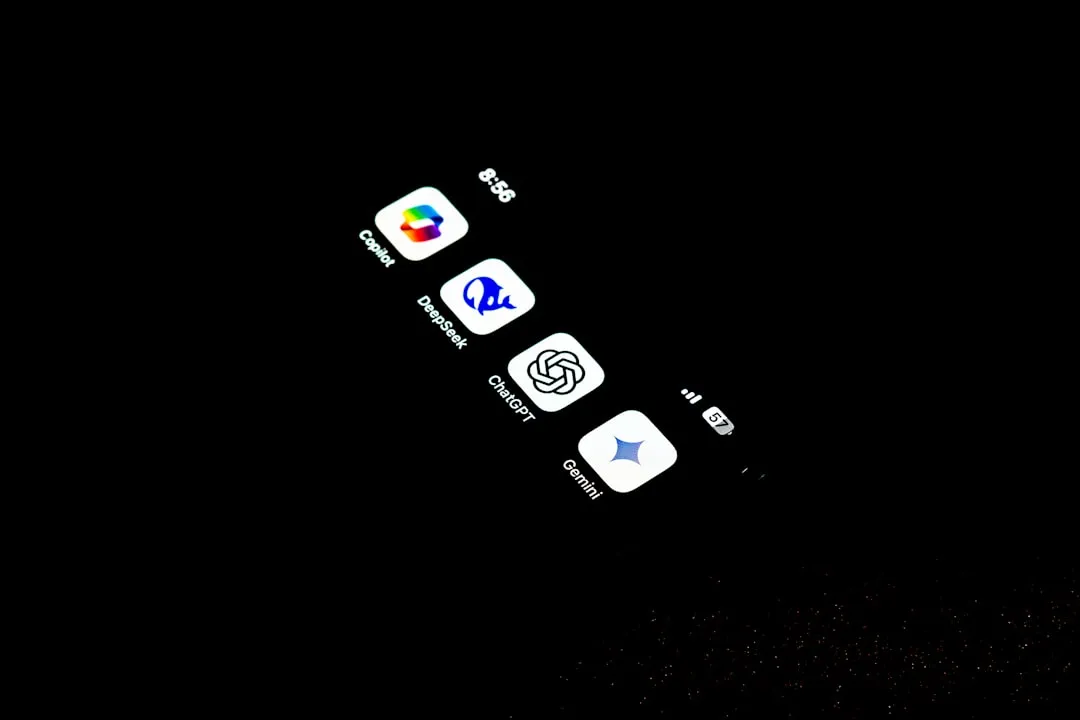
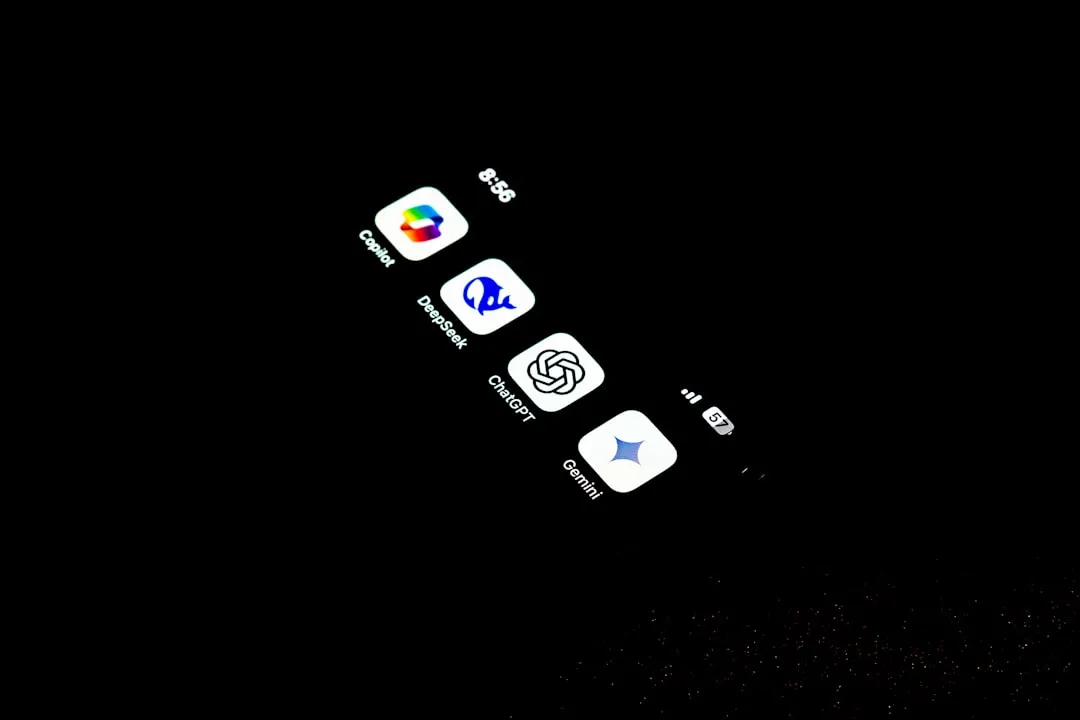
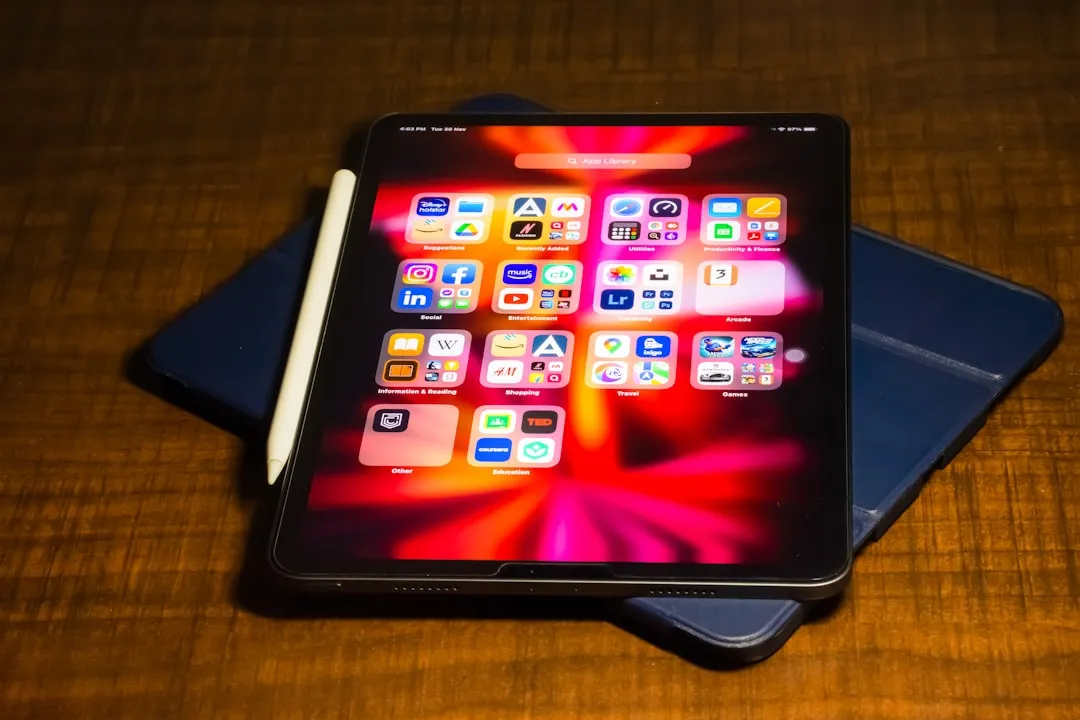
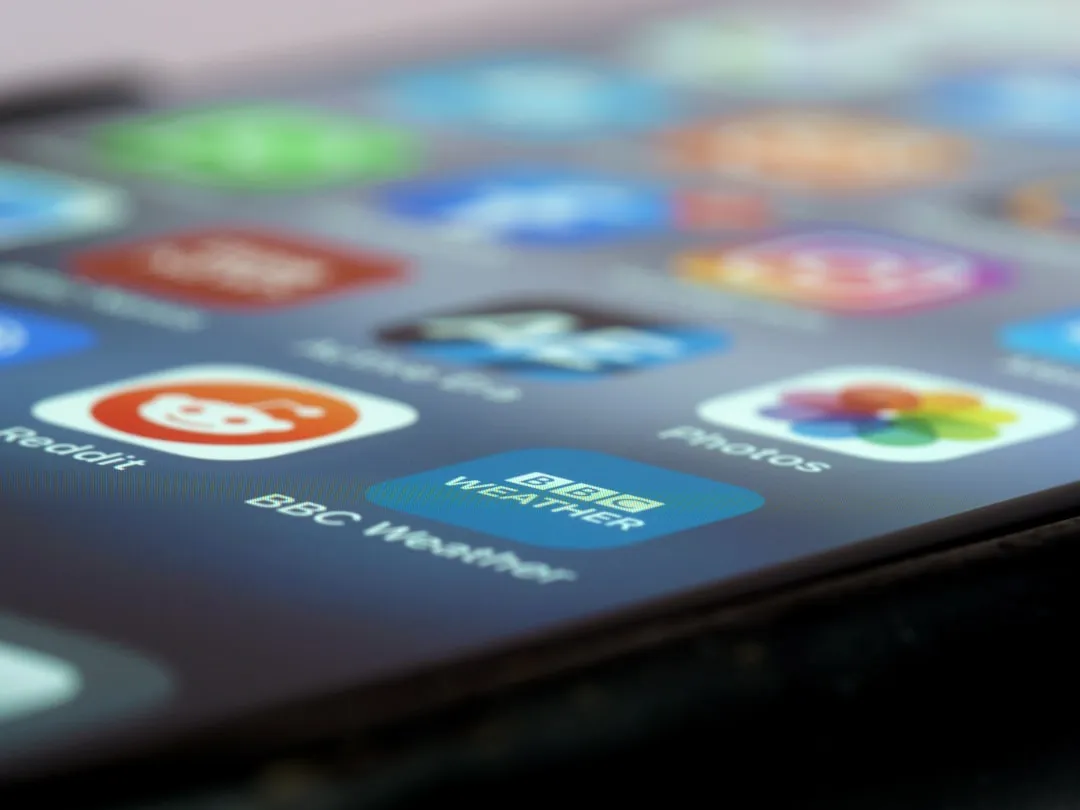
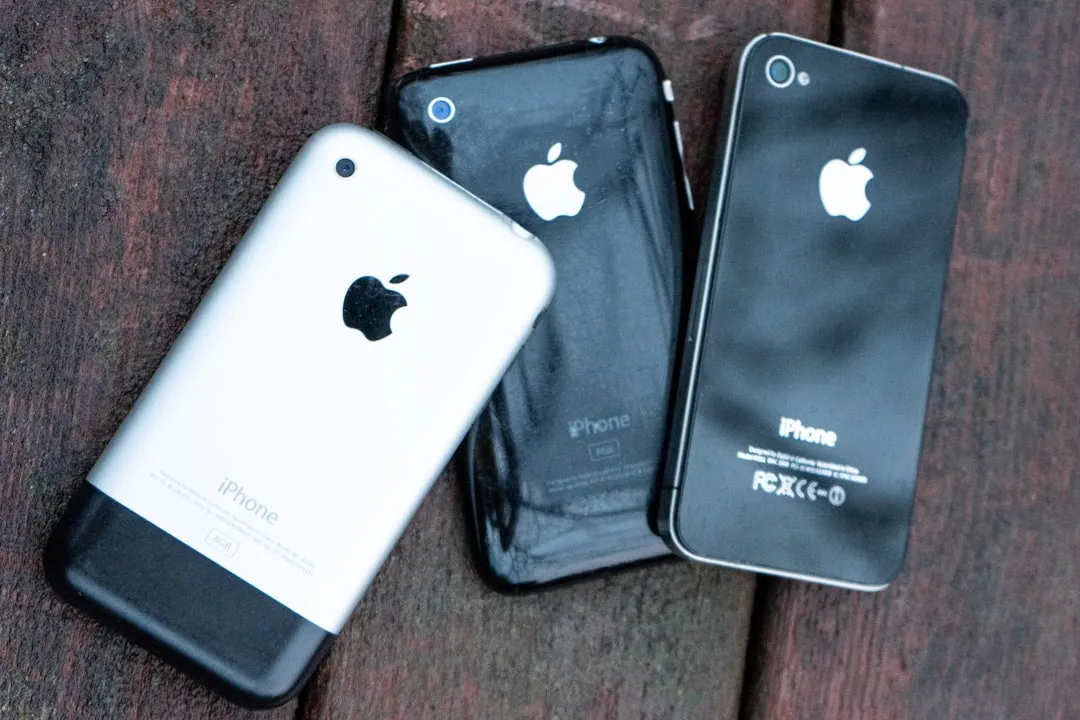

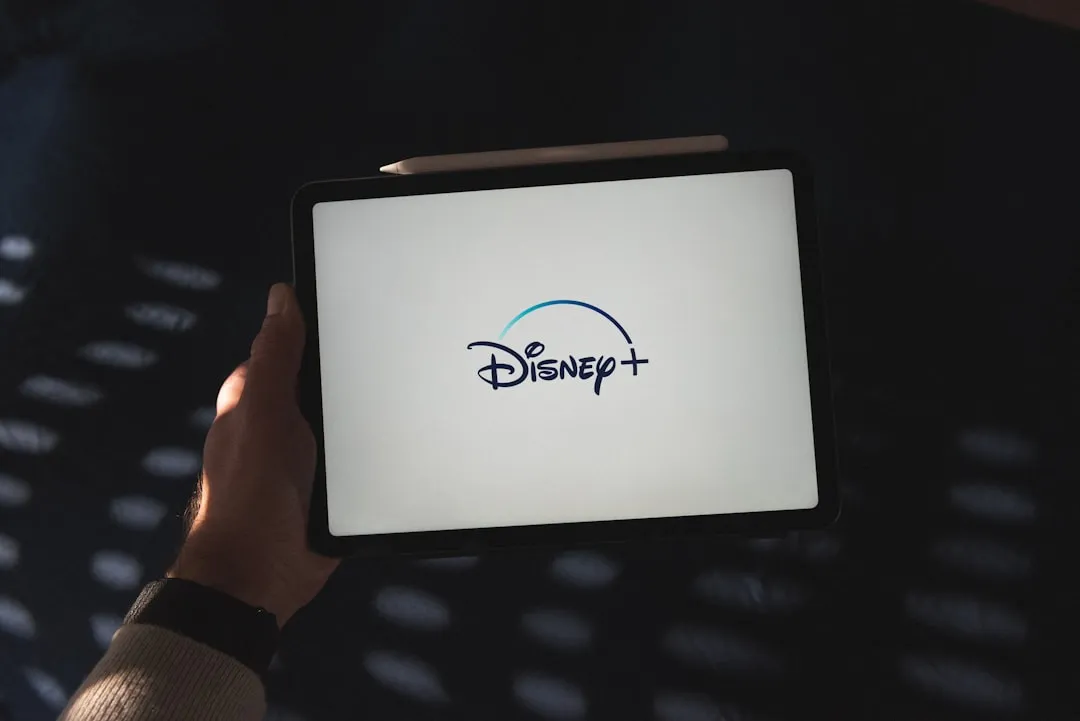
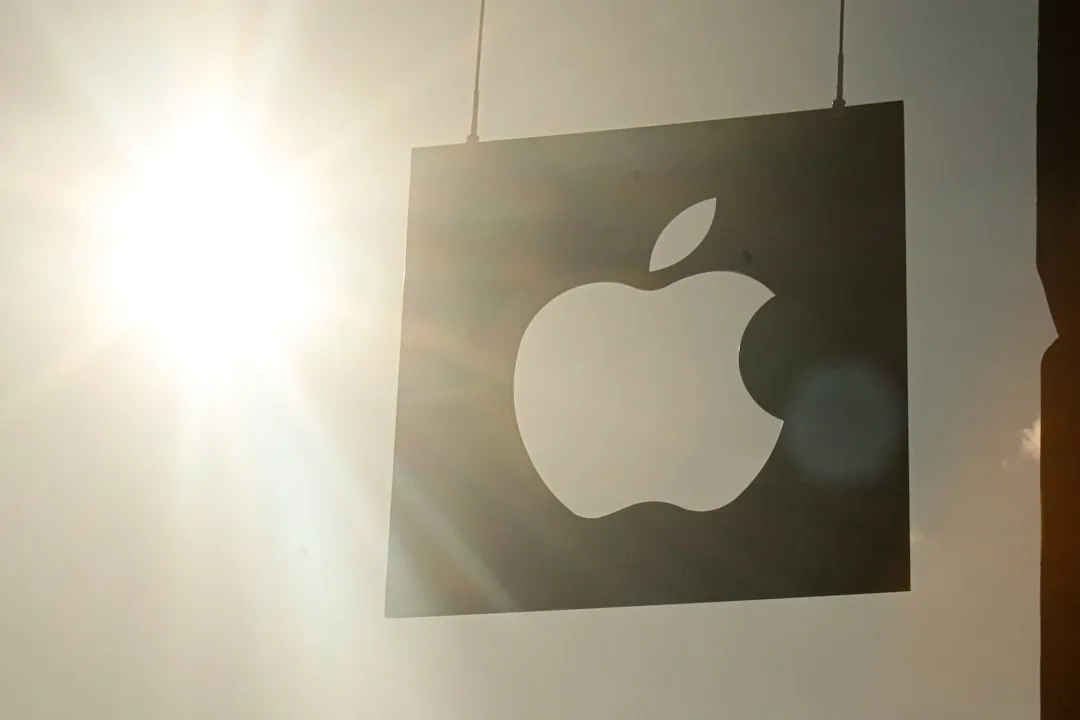
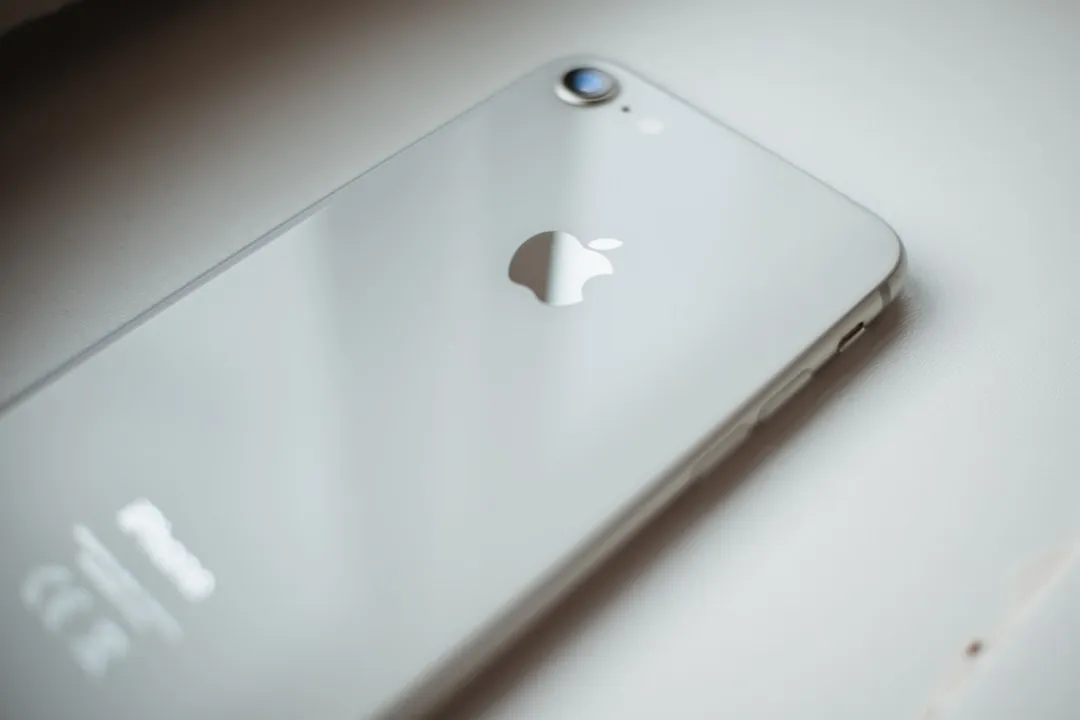
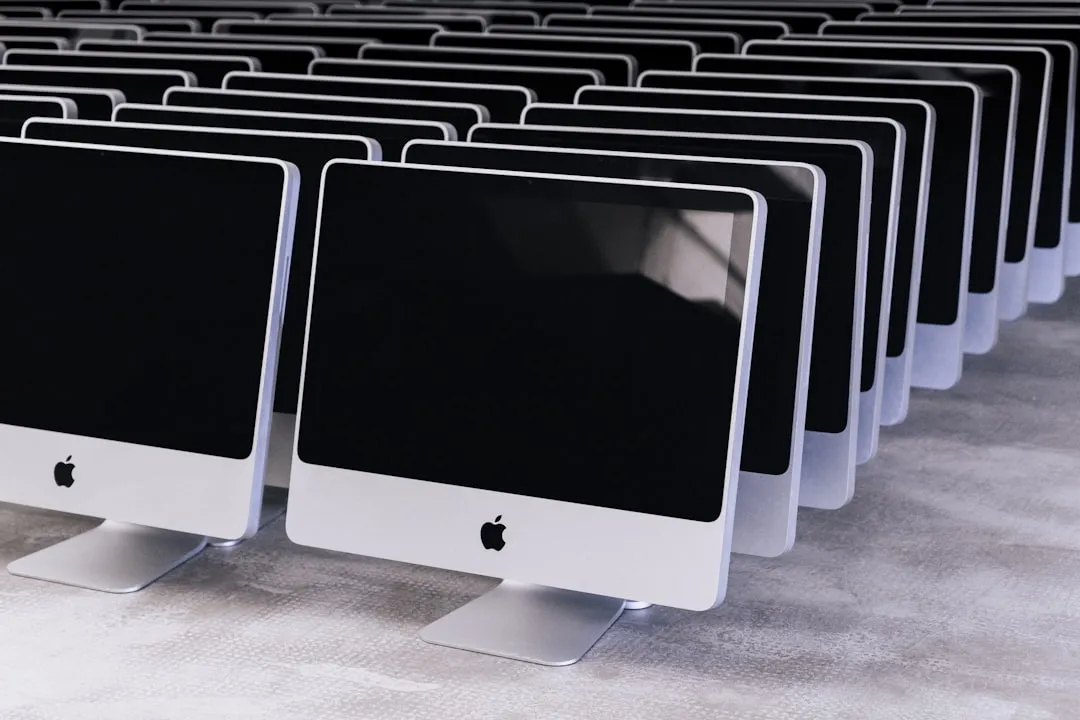
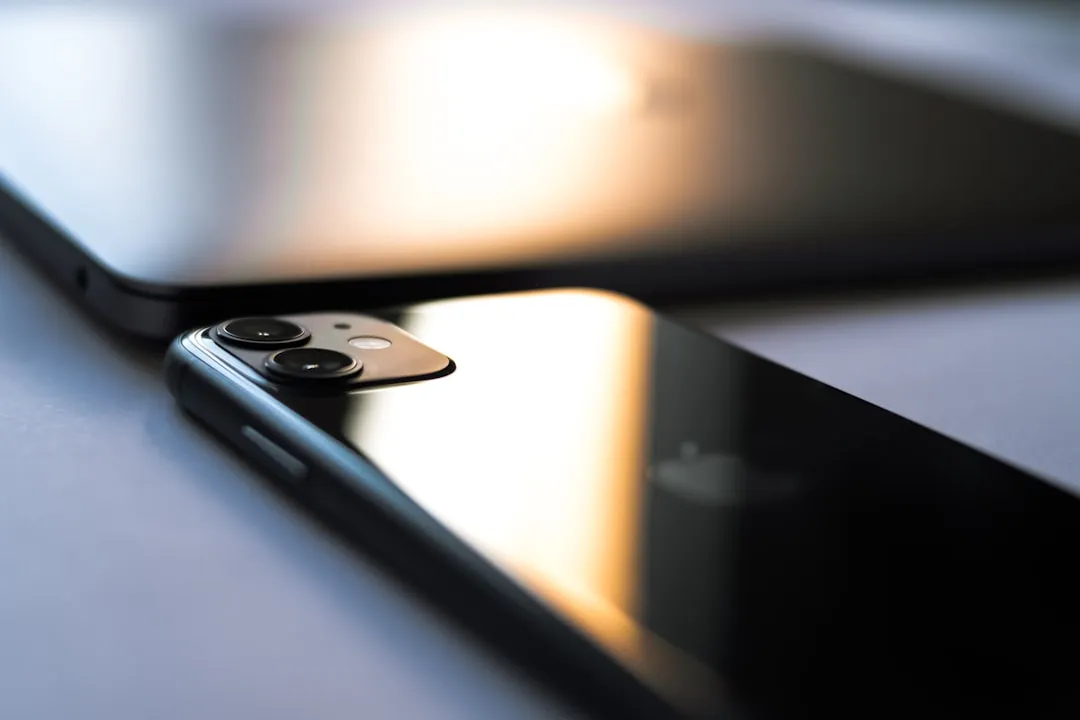
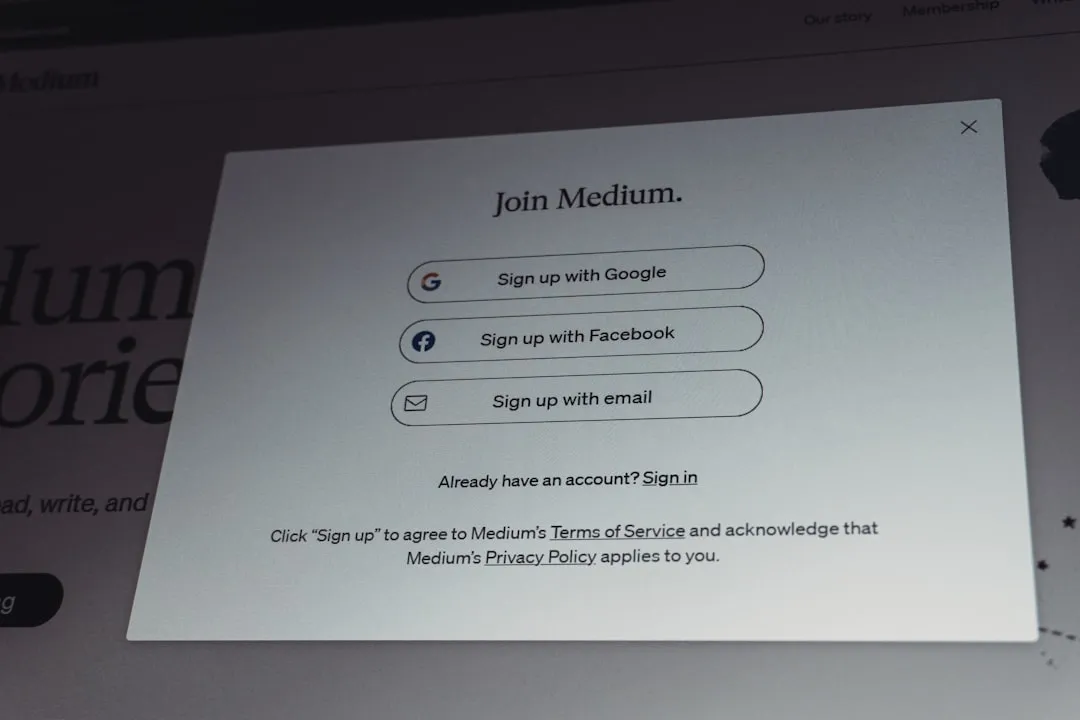
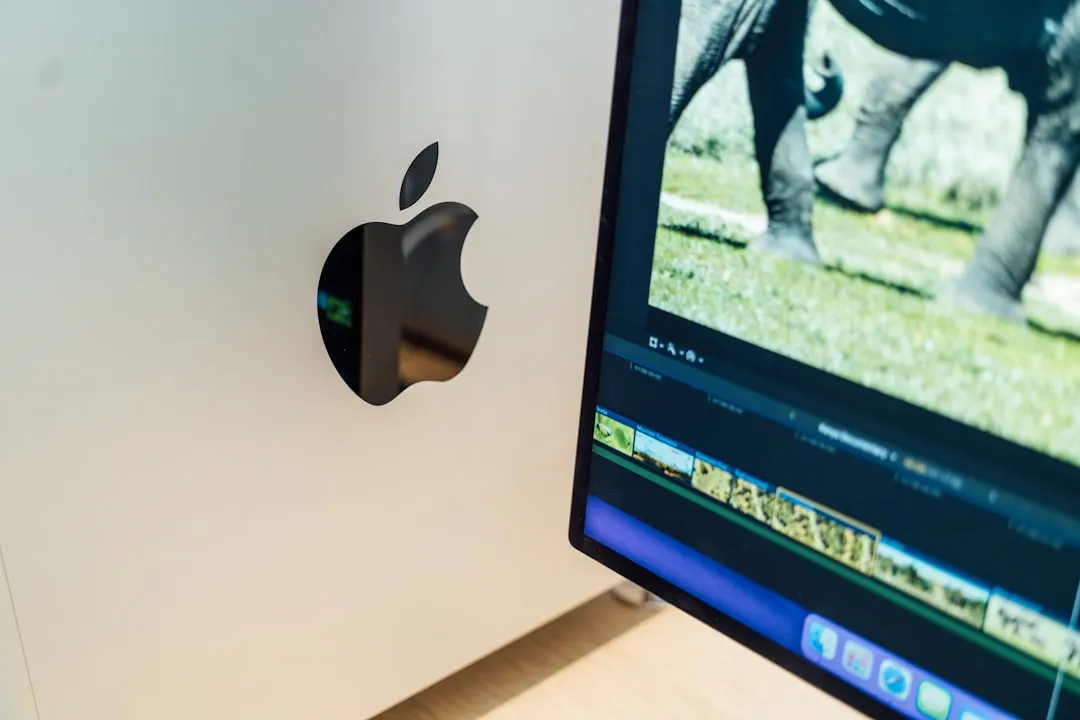
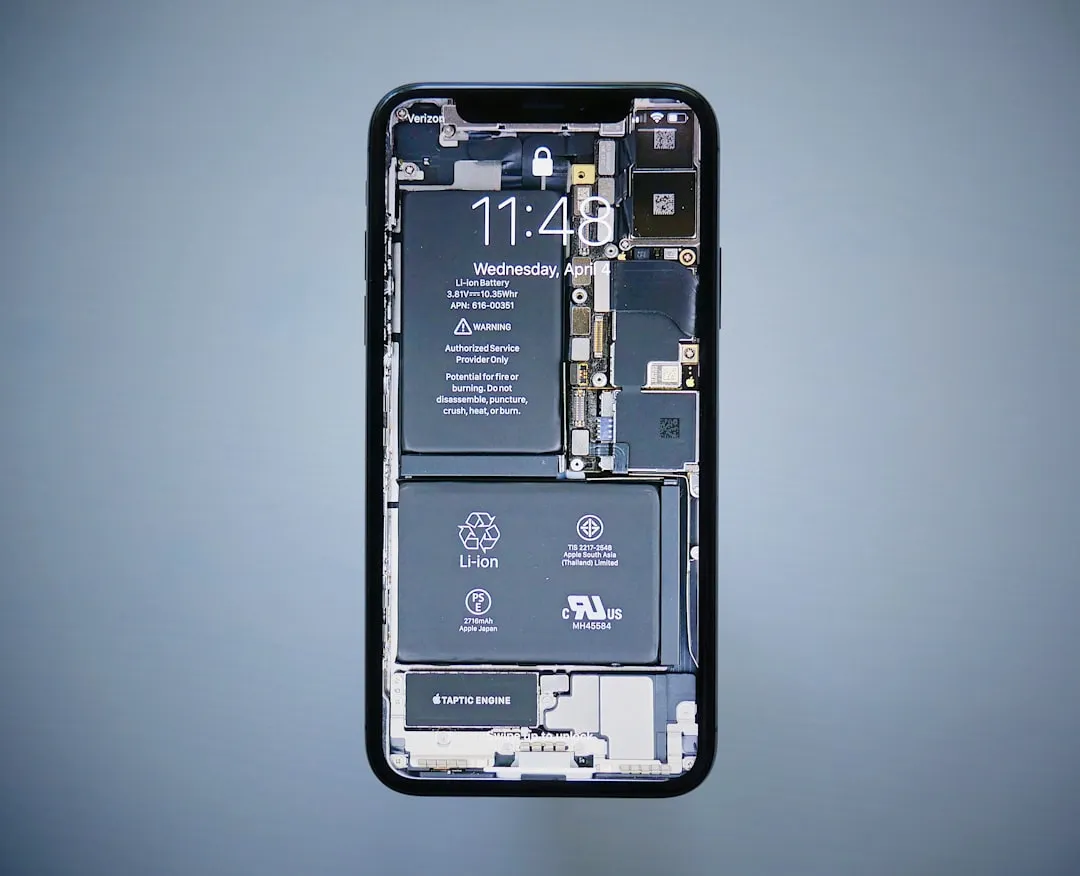

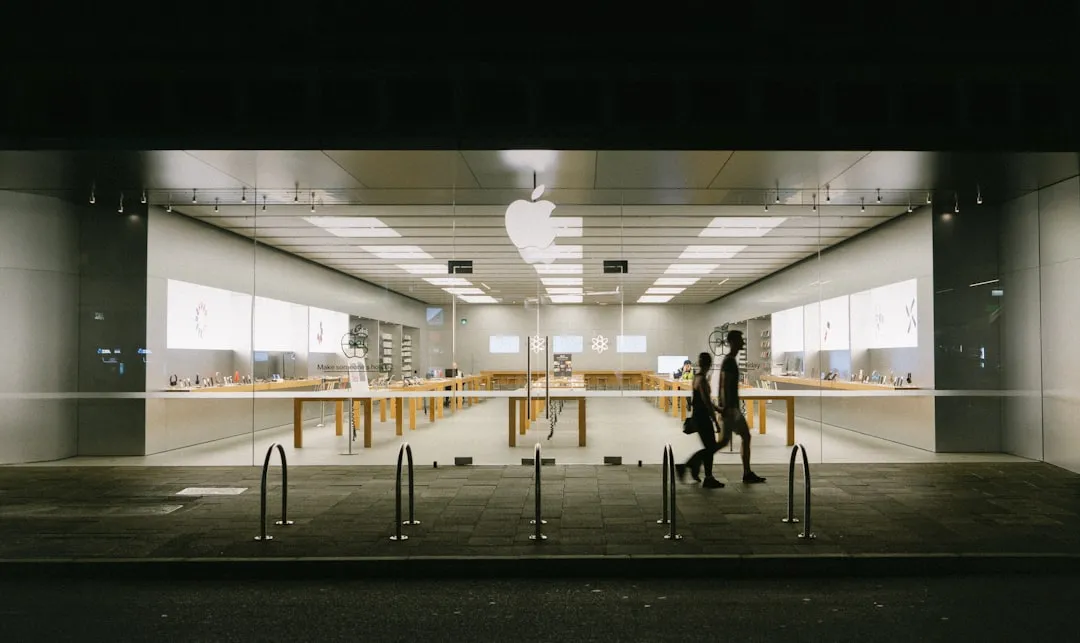
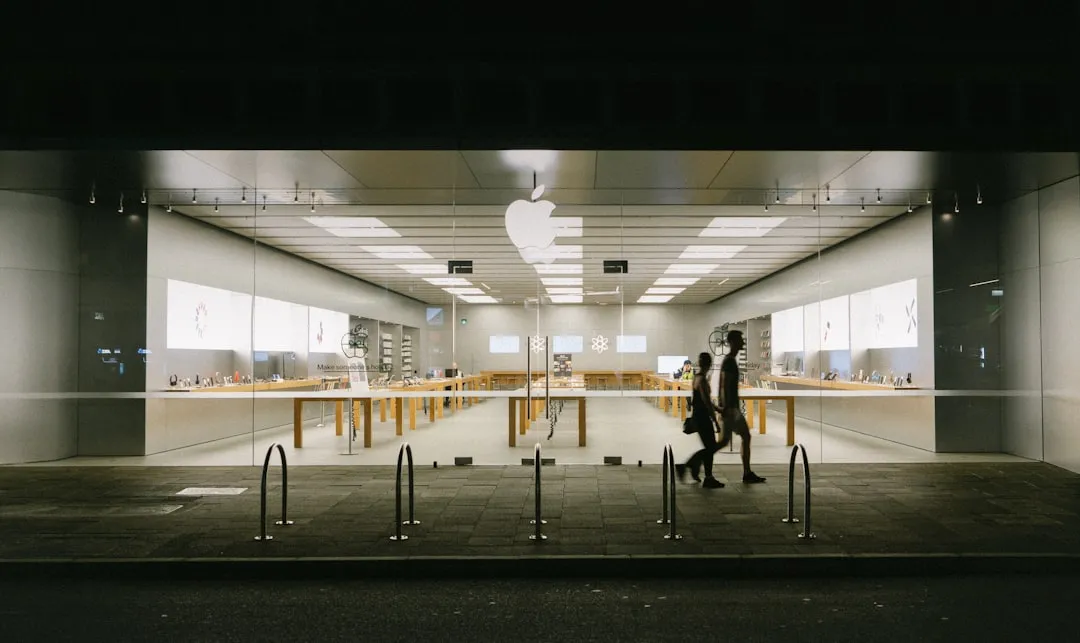

Comments
Be the first, drop a comment!